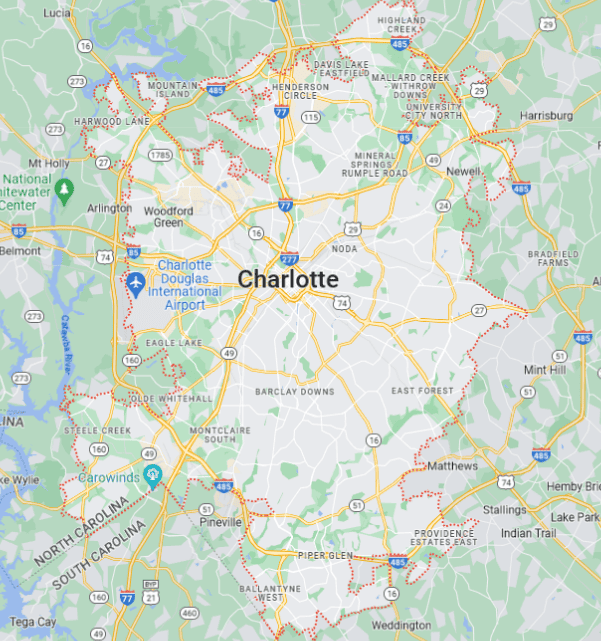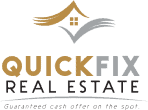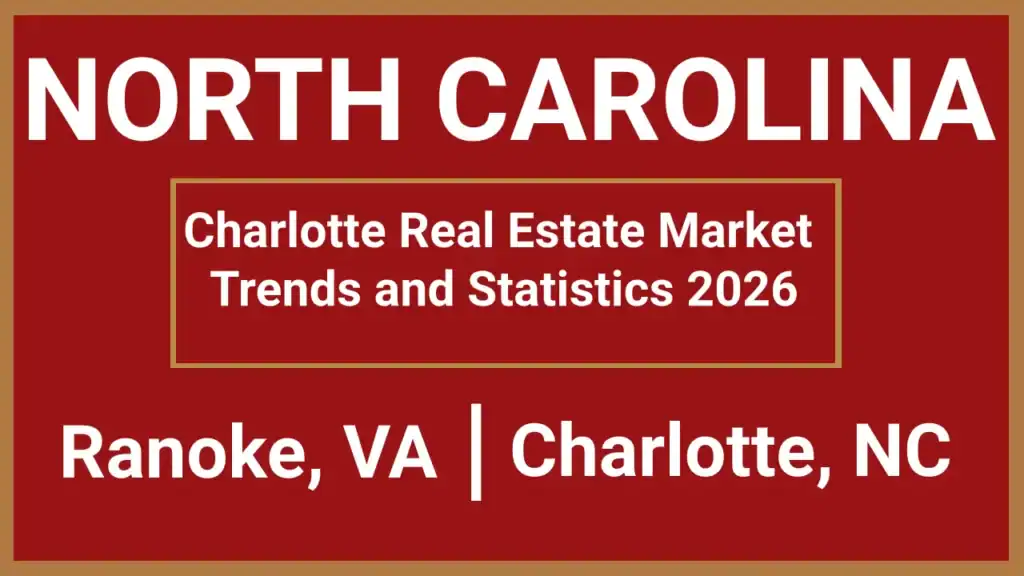Statistics Every Buyer, Seller, and Investor Should Know in 2026
- The Charlotte housing market has a Redfin Compete Score of 52
- The North Carolina city has 165 neighborhoods
- 117 people move to Charlotte daily
- The city has a population of approximately 900,000
- The light rail expansion triggered property value increases of 18% to 27%
- Charlotte only had a three-month supply of homes available at the beginning of 2025
- There were around 4,817 active listings in June 2025
- The city has a median sale-to-list ratio of 0.994
- Multifamily developers added 18,000 apartments
A Somewhat Competitive Housing Market
Charlotte‘s housing market keeps both buyers and sellers on their toes. According to Redfin, it scores a 52 on the competitiveness scale as of September 2025, with houses receiving about two offers and selling within 60 days.
The median home price is $415,000, marking a 2.5% uptick from the same time last year. Generally, there is more movement; 959 properties sold in September, compared to 926 the year prior.

What the North Carolina City Offers
Charlotte real estate market trends are always interesting because one can find a little bit of everything and a lot to love in the city. The area spans 165 neighborhoods, providing families with access to 247 public schools and 84 private and charter options.
Moreover, there are grocery stores, cafes, and restaurants in nearly every area. Daily life here is easy and vibrant!
Tracking Inbound Migration
Approximately 117 people relocate to the city in North Carolina every single day. Many come from pricier places like New York, Washington, D.C., and Los Angeles, taking advantage of the second-best place for corporate headquarters in the nation.
Heavy hitters like Bank of America and Truist anchor a growing financial and tech hub. These employers, along with startups, draw professionals from across the country. That demand translates directly into housing stability.
Economically, Charlotte is in solid shape. Unemployment hovers around 3.9%, and the average household income has reached $119,473. With a cost of living 2% below the national average, newcomers see real value here.

Where the People Are in Charlotte
Charlotte’s population has topped 900,000. Many are in Sharon Woods, a community dating back to the 1970s with a median home price of $410,000. Oxford Hunt is another popular neighborhood, with properties worth $679,500.
Then, there is Providence Park, which has a highly competitive market. The median price is $1.1 million, and the best listings sell for 5% above asking. In Cherry, one of Charlotte’s oldest African-American areas, buyers can become owners for $1 million, and sellers can close within 35 days at full list price.
Dilworth, the city’s oldest streetcar suburb, has a history and tree-lined streets that make it a favorite among buyers. It recently witnessed price adjustments and now has a median of $505,000.
Transformative Transit-Oriented Development (TOD)
Since 2021, properties within a quarter mile of new transit stations in Charlotte have seen value increases of roughly 18% to 27%. The boom in transit-oriented development (TOD) is transforming how and where people live!
Mixed-use projects near light rail stops boast 34% higher occupancy rates than similar developments farther out. Renters are paying an average of $0.72 more per square foot for houses with easy access to transit.
Public-private partnerships have also paid off big time, generating 3.7 times the return on investment for neighborhood revitalization projects. And for commercial spaces? Transaction activity along the Blue Line extension is up 41% compared to the citywide average.
The transit strategy is undeniably improving commutes and actively driving value.
arolina

Tight Inventory Levels
The start of 2025 in Charlotte came with a familiar challenge: too few homes to go around.
With just a three-month supply of inventory, the city’s market remained tight, particularly in hot neighborhoods like Dilworth and South End. Buyers had to make quick, confident decisions, while sellers enjoyed the benefits of strong demand and shorter selling timelines.
Even so, local experts predicted a gradual move toward balance, thanks to steady job growth and increasing population.
Transitioning Into a Balanced Market
By mid-2025, there were signs that the market was finally finding its equilibrium. In June, the Finigan Group at eXp Realty reported 4,817 active listings, up 24% year-over-year and the highest inventory level in nearly ten years.
That shift gave buyers more chances to compare and choose as houses stopped disappearing the day they hit the market. For sellers, however, more listings meant more competition.
The local professionals, then, were right. Charlotte is ending a period of extremely low inventory and achieving healthy, balanced conditions.
List Prices and Sale Prices
The median sale-to-list ratio in the city stood at 0.994 in August 2025, meaning most houses sold just a fraction below asking. The median sale price came in at $424,333, while the median list price was close behind at $423,333.
More specifically, 29.9% of homes sold above list price. Meanwhile, 53.7% sold below asking. These numbers prove that buyers and sellers in Charlotte are really on more even ground.
Flooding the Rental Market
Developers have been busy in North Caroline, and nowhere is that more visible than in Charlotte’s rental market.
Between 2024 and 2025, they delivered 18,000 new apartments, pushing occupancy rates from a record-high 97% down to about 94%-95%. Rents even slipped by 1% year over year, as landlords rolled out concessions to stay competitive.
In Q2 2025, absorption outpaced new supply for the first time in three years. Experts expect occupancy to stabilize in the mid-90s and rent growth to tick back up modestly by 2026. For investors, that is a golden window.
Suburban hotspots like Ballantyne and Huntersville are especially promising, offering brand-new developments, excellent schools, and a growing pool of renters.
What the Charlotte Real Estate Statistics Are Telling You
Simply put, Charlotte’s real estate scene is not slowing down. Prices are holding steady, inventory is catching up, and development continues to reshape the possibilities.
If you’re looking to buy in this part of North Carolina, know that you have more opportunities and minimal pressure. If you’re selling, strategic pricing and presentation matter. And for investors, there’s so much potential to tap into.
Charlotte real estate market stats reveal that the area’s power never left. The smartest move is to study them before creating goals and making decisions. Timing and insight are everything; you can only secure both through the current figures.


